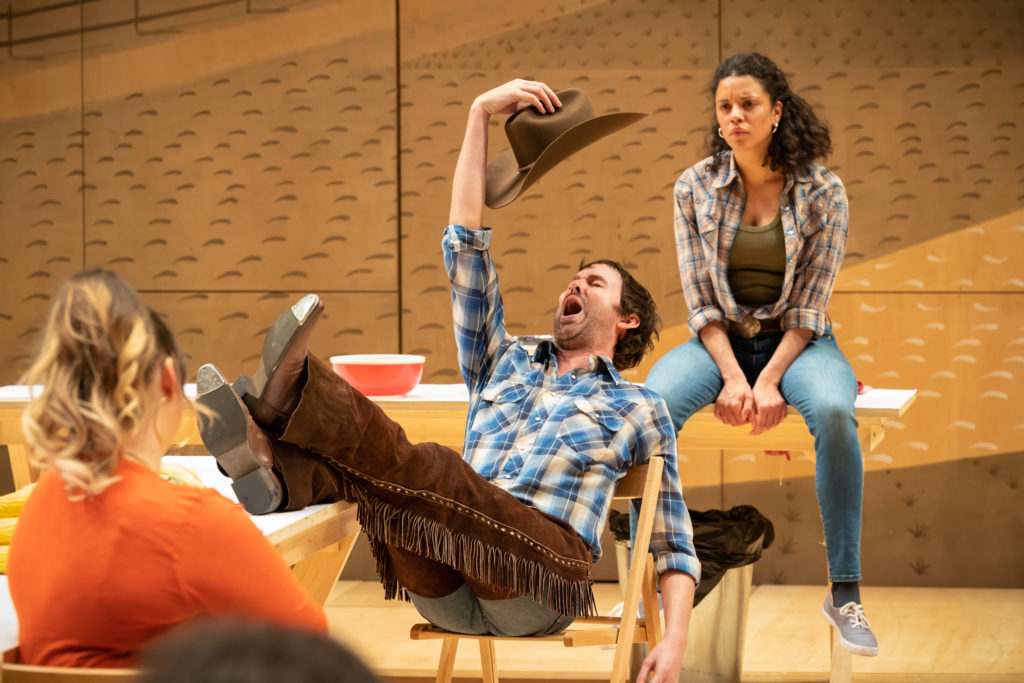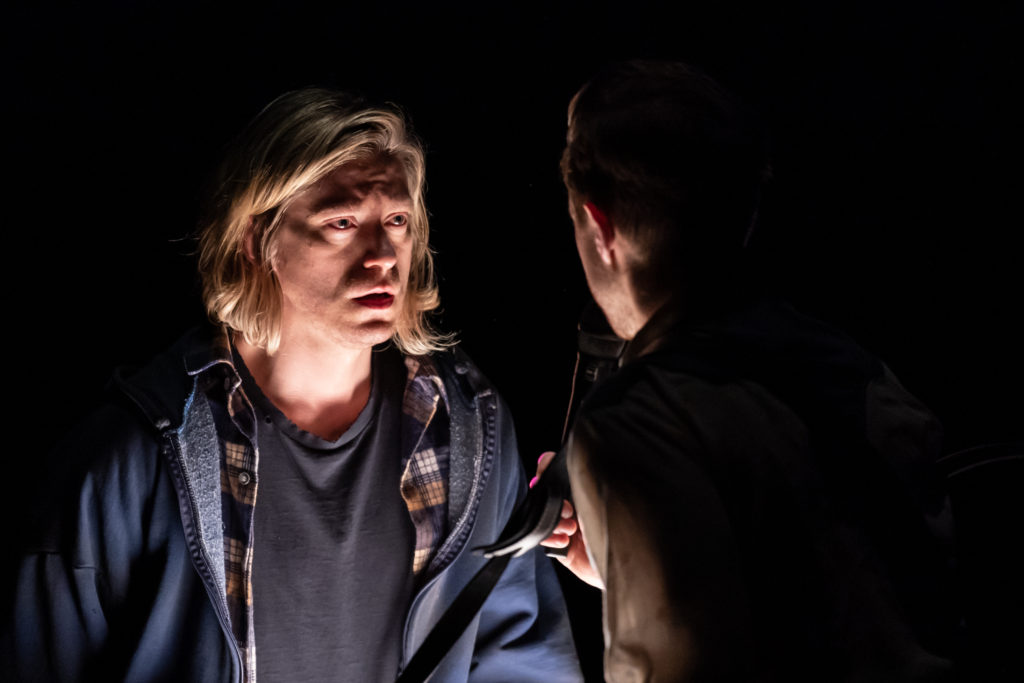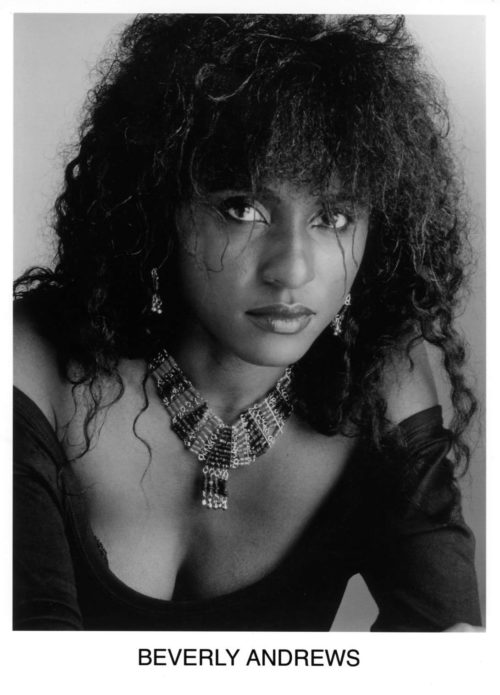Estimated reading time: 7 minutes
Richard Rogers and Oscar Hammerstein’s landmark musical ‘Oklahoma‘ is seen today as an American classic. Some even sight it as being perhaps the first truly American musical, with its celebration of the country’s vast landscapes with its innovative Agnes De Mille choreography, and a musical score which reflects an optimistic view of America’s frontier life. London’s Young Vic’s new production dismantles all of this though and delivers an Oklahoma which is perhaps a much clearer reflection of many of America’s challenges then its creators perhaps might have intended and in doing so they have delivered something fresh, vital and very much relevant to our times.
One of the decisions the Young Vic made at the start of their production process was to employ blind casting. In doing so this production instantly reflects an history of Oklahoma which is unknown to most. The state actually became the home for the largest number of African American frontier towns post that country’s Civil War. Those towns included Tulsa, which saw the expansion of one of the country’s most prosperous African American communities post World War I. The Greenwood district, where many African American businesses were based, was dubbed the “black Wall Street”. All this though came to an abrupt and tragic end, with the Tulsa race massacres, which began on May 31st, 1921 and continued throughout the following day June 1st. The massacre, which was triggered, by a rumoured assault on a white woman. One explanation for what happened was that a young black boy tripped, while getting into a lift. In order to steady himself he grabbed the lift operator’s arm, a young white girl. The girl screamed and the boy ran out of the lift with those in the building assuming a sexual assault had been committed. The fuse was lit for the events which followed. And what followed was an attack on the entire city’s African American community. Aerial planes were even hired and used to drop firebombs on black owned homes. It is difficult even now to get an accurate picture of the number of dead, but estimates range from 75 to 300. More than eight hundred people were taken to the hospital and six thousand African Americans were interned in camps. It is estimated that up to ten thousand African Americans were left homeless, as schools, churches, banks, stores and homes were all burnt to the ground. With echoes of India’s partition, mobs descended on white owned homes where it was thought families were protecting African Americans. They demanded they turn over any black servants they might have employed and any families who refused were also attacked. Thirty-five square city blocks in total were destroyed with property damage estimated to be at around 1.5 million dollars. It would take communities several generations to be able to even acknowledge the fact that the massacre had actually taken place. And yet this innovative production does go some way to at least hint at Oklahoma’s darker past.
The musical itself is based on a Lynn Riggs’s play titled Green Grows the Lilacs, and marked the first collaboration of Rogers and Hammerstein, a partnership which would go on to staggering success. The musical’s book tells the story of farm girl Laurey Williams and the courtship of her by two rival suitors, handsome cowboy Curly McLain and his frightening and perhaps sinister alter ego Jud Fry. A secondary romance concerns cowboy Will Parker and his flirtatious free-spirited fiancée, Ado Annie. Upon its opening the original Oklahoma was an instant success and productions of it have continued to be performed all over the world.
In the Young Vic’s version both Laurey and Ado are played by minority actresses and the way their characters are presented is radically different from the original. Although Laurey is attracted to Curley it seems less about love and far more about the limited choices on offer to her. Ado on the other hand seems to want to burst out of the moral constrictions’ society have placed upon her. Moral constricts which in light of America’s ongoing lurch to the right (with one Republican candidate even astonishingly proposing that all contraception should be banned since “sex should have consequences”) appears strangely much more present today than they did several decades earlier at the time of Oklahoma’s original production.
The character of Jud, Laurey’s other suitor is often portrayed as a sinister outsider, but here he is presented in a much more sympathetic way, a wandering outsider who lives a transient life not unlike many Americans today working for the minimal wage. He sees Laurey as possibly a last chance to stabilize his life.
All the performances in this production are wonderful with Anoushka Lucas as Laurey and Arthur Darvill standouts, as well as Marisha Wallace cheeky fun-loving Ado. You wish her fiancée Will Parker, played with quiet humour by James Davies, good luck in his attempt at trying to tame her.
Directors Daniel Fish & Jordan Fein’s production of Oklahoma is refreshing, beautifully acted, staged and lit. It also manages something quite miraculous, as the directors have taken a feel-good musical and forced audiences to see its darker edges. With its blood-stained finale and a scattering of a few black cowboys standing in the shadows, you can’t help but see the ghosts of Tulsa, if you look ever so closely you will see they are still very much there.
- Black Queer Voices
- The Age of Rage
- The Populist Tango
- Sarah Téibo, the London philanthropist jazz singer
- Sundance 2021






